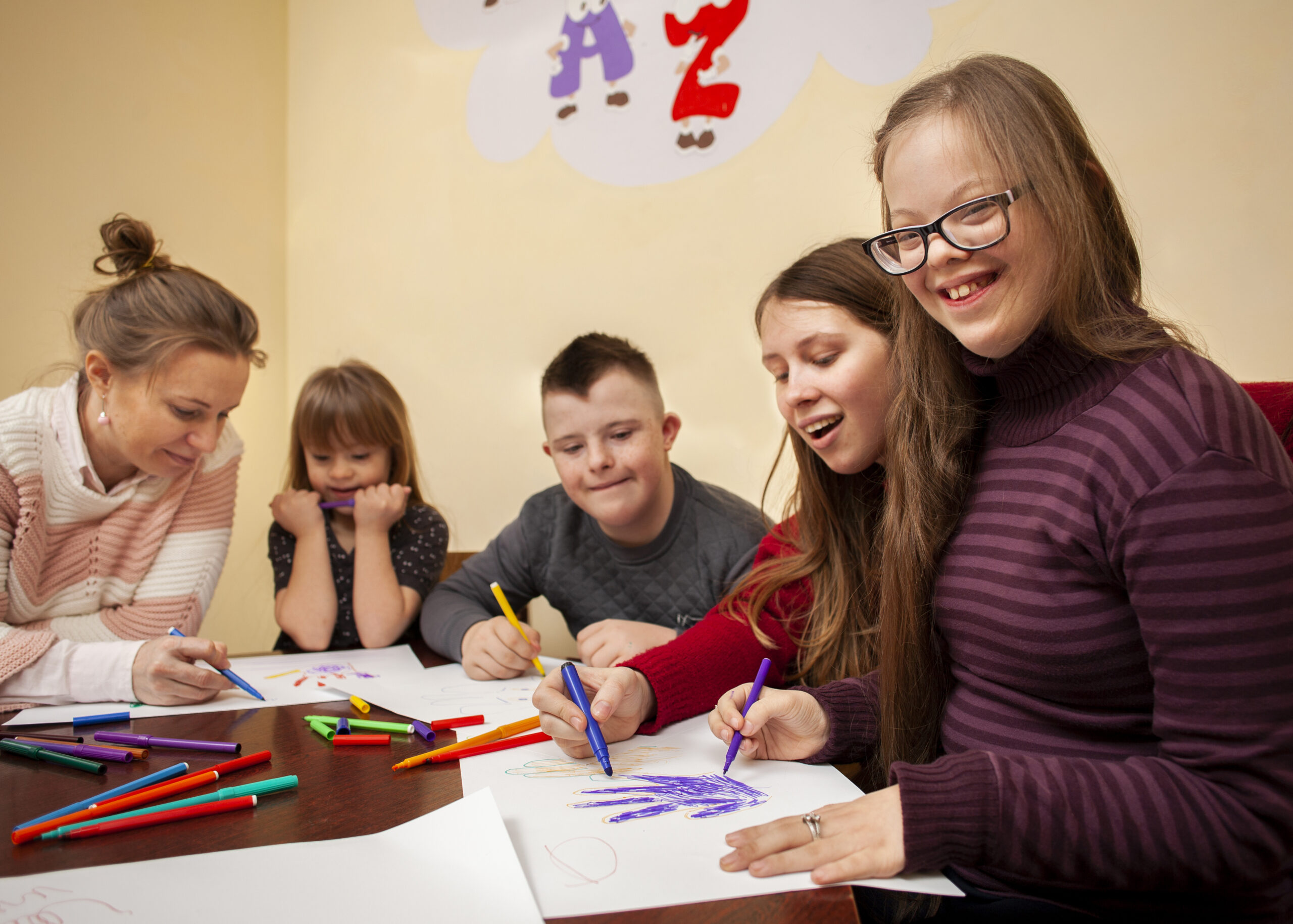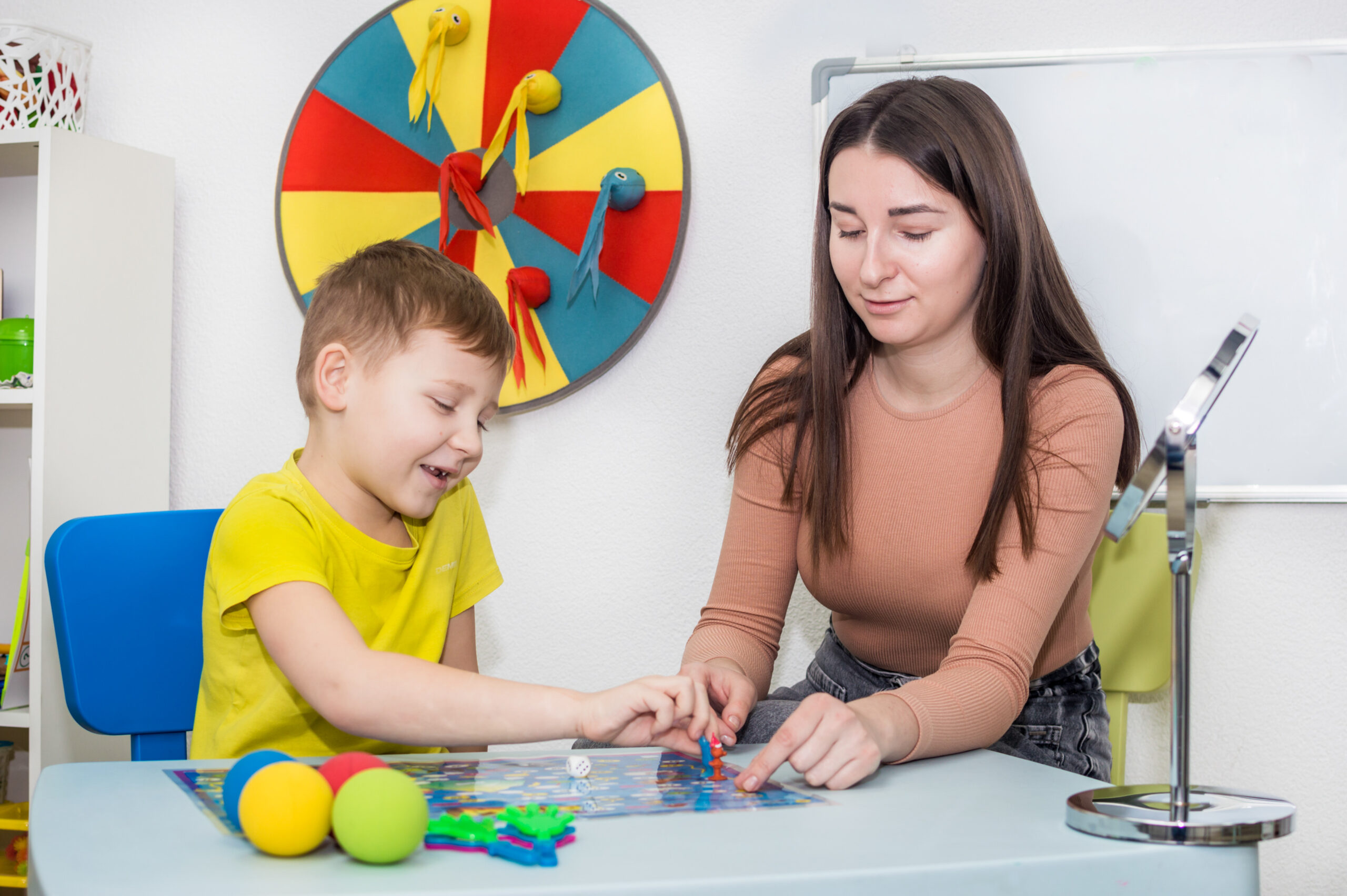Is your child facing learning disabilities? If so, rest assured that there are numerous therapy options available to support their academic and personal development. Learning disabilities can present unique challenges for children, affecting their ability to grasp concepts, communicate effectively, and navigate educational settings. However, with the right therapy interventions tailored to address their specific needs, children with learning disabilities can make significant progress and achieve success. However, searching for therapy for learning disabilities can be an easy task for parents. You need to search on a search engine and search for therapy for learning disabilities in the location you are searching for. For example- Therapy for learning disabilities in Hyderabad.
Signs that your child may have learning disabilities
Learning disabilities can manifest in various ways and may not always be immediately obvious. However, some signs that your child may have learning disabilities include:
- Difficulty with Language Skills
- Struggles with Reading
- Difficulty with Math
- Poor Coordination
- Short Attention Span
- Memory Problems
What are learning disabilities in children?
Learning disabilities in children refer to a variety of disorders that affect a child’s ability to learn, process, and retain information effectively. These disabilities can impact skills such as reading, writing, math, reasoning, and sometimes social interaction.
Here are some common types of learning disabilities in children:
-
Dyslexia:
This is a reading disability characterized by difficulty with accurate and fluent word recognition and by poor spelling and decoding abilities.
-
Dyscalculia:
This learning disability affects a child’s ability to understand and work with numbers. Individuals with dyscalculia may have trouble understanding math concepts, performing calculations, and grasping basic arithmetic operations.
-
Dysgraphia:
Dysgraphia impacts a child’s ability to write coherently and legibly. Children with dysgraphia may struggle with handwriting, spelling, and expressing thoughts in writing.
-
Auditory Processing Disorder (APD):
APD affects the way the brain processes auditory information. Children with APD may have difficulty understanding speech in noisy environments, following spoken instructions, and distinguishing between similar sounds.
-
Visual Processing Disorder (VPD):
VPD affects how the brain interprets visual information. Children with VPD may have trouble recognizing shapes, letters, or objects and may struggle with tasks such as reading maps or solving puzzles.
How does a learning disability in children develop?
Learning disabilities in children can develop due to a variety of factors, including genetic, environmental, and neurological influences. Here are some key factors:
-
Genetics:
There’s evidence to suggest that learning disabilities can run in families. Certain genes may predispose individuals to conditions like dyslexia, ADHD, or other learning disorders.
-
Brain Development:
Differences in brain structure and function can contribute to learning disabilities. These differences may affect how the brain processes information related to reading, writing, math, or other skills.
-
Prenatal Factors:
Exposure to toxins, infections, or other environmental factors during pregnancy can impact brain development and potentially increase the risk of learning disabilities.
-
Perinatal Factors:
Complications during birth, such as oxygen deprivation or premature birth, can also affect brain development and increase the likelihood of learning difficulties.
-
Early Childhood Experiences:
Early experiences in infancy and early childhood play a crucial role in brain development. Lack of stimulation, nurturing, and opportunities for learning during these critical periods can contribute to learning challenges later on.
Effective Therapy approaches for learning disabilities in children.
-
Individualized Education Plans (IEPs)
Effective Therapy approaches for learning disabilities in children often begin with the development of customized IEPs. These plans are tailored to address the specific learning needs and challenges of each child, incorporating specialized interventions, accommodations, and instructional strategies to support their academic progress. By setting clear goals and objectives, IEPs provide a roadmap for educators, therapists, and parents to collaborate effectively in addressing the child’s learning difficulties.
-
Multisensory Instruction
Multisensory instructional approaches are highly effective in teaching children with learning disabilities. By engaging multiple senses simultaneously (such as visual, auditory, and tactile), these methods accommodate diverse learning styles and enhance information processing. For example, using manipulatives, interactive activities, and visual aids can help reinforce concepts and improve retention, making learning more accessible and engaging for children with learning disabilities.
-
Assistive Technology
Incorporating assistive technology tools and devices can significantly enhance the learning experience for children with learning disabilities. From text-to-speech software and speech recognition programs to specialized educational apps and electronic organizers, assistive technology offers a range of solutions to support reading, writing, organization, and communication skills. By providing alternative means of accessing and expressing information, assistive technology empowers children with learning disabilities to overcome barriers and participate more fully in academic activities.
-
Positive Reinforcement and Motivational Strategies
Positive reinforcement and motivational strategies play a crucial role in therapy approaches for children with learning disabilities. Recognizing and celebrating small successes, providing encouragement, and fostering a supportive learning environment can boost confidence, self-esteem, and intrinsic motivation. By focusing on strengths and progress rather than limitations, therapists and educators can help cultivate a growth mindset and resilience in children with learning disabilities, empowering them to persevere and achieve their full potential.
-
Collaborative Team Approach
Effective Therapy for learning disabilities in children often involves a collaborative team approach, integrating the expertise of educators, therapists, parents, and other professionals. Through regular communication, joint planning, and shared decision-making, this interdisciplinary team can coordinate efforts, monitor progress, and adjust interventions as needed to meet the evolving needs of the child. By working together and leveraging diverse perspectives and resources, this collaborative approach maximizes the effectiveness of Therapy and promotes holistic development and success for children with learning disabilities.
Conclusion
Therapy for learning disabilities in children encompasses a multifaceted approach tailored to address their unique needs and challenges. From individualized education plans and multisensory instruction to assistive technology and motivational strategies, effective therapy interventions aim to empower children with learning disabilities to overcome obstacles, maximize their potential, and thrive academically and socially.







